Characterizing Rock Stability
How Hyperspectral Imaging Can Help Evaluating Rock Stability for Geological Engineering
How Hyperspectral Imaging Can Help Evaluating Rock Stability for Geological Engineering
 Figure 1: Laboratory setup for scanning refractory bricks with the HySpex VNIR and SWIR cameras. Geological engineering, the science of understanding and managing the behaviour of rocks, is essential for the safety and success of surface and underground constructions. From tunnels to mines to dam structures, the stability of these engineered structures depends on the understanding and characteristics of the rock properties. Hyperspectral imaging (HSI) can assist in this task. This is exactly what geologists from the Norwegian Geotechnical Institute (NGI) and the Norwegian University of Science and Technology (NTNU) investigated using hyperspectral images from HySpex.
Figure 1: Laboratory setup for scanning refractory bricks with the HySpex VNIR and SWIR cameras. Geological engineering, the science of understanding and managing the behaviour of rocks, is essential for the safety and success of surface and underground constructions. From tunnels to mines to dam structures, the stability of these engineered structures depends on the understanding and characteristics of the rock properties. Hyperspectral imaging (HSI) can assist in this task. This is exactly what geologists from the Norwegian Geotechnical Institute (NGI) and the Norwegian University of Science and Technology (NTNU) investigated using hyperspectral images from HySpex.
Imagine constructing an underground passage only to find that the rock walls crumble and the ceiling swells, threatening the entire structure. CHARACTERIZING ROCK STABILITY: This is a recurring nightmare for geological engineers who grapple with the challenges posed by rock degradation. Rocks, resilient as they seem, can undergo significant changes. Alterations caused by environmental agents, weathering, and metamorphism can weaken the strength of rocks, causing disintegration and swelling of different minerals by introducing water.
Understanding these complex processes is no trivial task. Traditionally, tools like X-ray diffraction (XRD) analysis, among others, are used to diagnose the composition and integrity of rocks. However, XRD has its limitations. It struggles to identify non-crystalline rock components and the subtle textural properties of weathered and altered rocks. This is where hyperspectral imaging can assist.
Hyperspectral imaging (HSI) relies on the unique spectral signatures of materials. UnlikeXRD, it can capture the presence of amorphous minerals and even distinguish betweendifferent types of clay minerals. The initial surface degradation state of rocks can bevisualized by scanning the rock surfaces as a proxy for overall rock stability. HSIdemonstrated its potential to identify diverse minerals useful for geological engineering studies. In the shortwave infrared wavelength region (SWIR, ca. 1000 – 2500nm), mineralgroups relevant to rock stability, such as micas, chlorite, and clay minerals, can bedistinguished spectroscopically by identifying distinct absorption features.
In a pilot study by Chiu et al., 2023 1, geological engineers explored the potential ofhyperspectral imaging using rock chip samples. By comparing the efficiency ofhyperspectral imaging with traditional laboratory methods like XRD analysis andpetrographic studies, the study highlights new ways to understand weak rockdegradation. The technique explored here can operate in both laboratory and fieldsettings, providing a holistic approach to geological investigations. One of the mostexciting aspects in this study is HSI’s ability to trace microfractures by tracing mineraloccurrence along spatially traceable features within the imaging data. These fractures,which are hard to trace conclusively by the naked eye, can indicate the future degradationpotential of rocks. By mapping these fractures and identifying minerals associated withdegradation, geological engineers can predict and manage stability issues more effectively.
 Figure 1: Laboratory setup for scanning refractory bricks with the HySpex VNIR and SWIR cameras.
Figure 1: Laboratory setup for scanning refractory bricks with the HySpex VNIR and SWIR cameras.
Geological engineering, the science of understanding and managing the behaviour of rocks, is essential for the safety and success of surface and underground constructions. From tunnels to mines to dam structures, the stability of these engineered structures depends on the understanding and characteristics of the rock properties. Hyperspectral imaging (HSI) can assist in this task. This is exactly what geologists from the Norwegian Geotechnical Institute (NGI) and the Norwegian University of Science and Technology (NTNU) investigated using hyperspectral images from HySpex.
Imagine constructing an underground passage only to find that the rock walls crumble and the ceiling swells, threatening the entire structure. CHARACTERIZING ROCK STABILITY: This is a recurring nightmare for geological engineers who grapple with the challenges posed by rock degradation. Rocks, resilient as they seem, can undergo significant changes. Alterations caused by environmental agents, weathering, and metamorphism can weaken the strength of rocks, causing disintegration and swelling of different minerals by introducing water.
Understanding these complex processes is no trivial task. Traditionally, tools like X-ray diffraction (XRD) analysis, among others, are used to diagnose the composition and integrity of rocks. However, XRD has its limitations. It struggles to identify non-crystalline rock components and the subtle textural properties of weathered and altered rocks. This is where hyperspectral imaging can assist.
Hyperspectral imaging (HSI) relies on the unique spectral signatures of materials. UnlikeXRD, it can capture the presence of amorphous minerals and even distinguish betweendifferent types of clay minerals. The initial surface degradation state of rocks can bevisualized by scanning the rock surfaces as a proxy for overall rock stability. HSIdemonstrated its potential to identify diverse minerals useful for geological engineering studies. In the shortwave infrared wavelength region (SWIR, ca. 1000 – 2500nm), mineralgroups relevant to rock stability, such as micas, chlorite, and clay minerals, can bedistinguished spectroscopically by identifying distinct absorption features.
In a pilot study by Chiu et al., 2023 1, geological engineers explored the potential ofhyperspectral imaging using rock chip samples. By comparing the efficiency ofhyperspectral imaging with traditional laboratory methods like XRD analysis andpetrographic studies, the study highlights new ways to understand weak rockdegradation. The technique explored here can operate in both laboratory and fieldsettings, providing a holistic approach to geological investigations. One of the mostexciting aspects in this study is HSI’s ability to trace microfractures by tracing mineraloccurrence along spatially traceable features within the imaging data. These fractures,which are hard to trace conclusively by the naked eye, can indicate the future degradationpotential of rocks. By mapping these fractures and identifying minerals associated withdegradation, geological engineers can predict and manage stability issues more effectively.
 Figure 2: Mineral spectra of four different minerals to highlight the various spectral nature of different minerals (Figure by Koerting, 2023).
Figure 2: Mineral spectra of four different minerals to highlight the various spectral nature of different minerals (Figure by Koerting, 2023).
 Figure 3: Top:SWIR false-color representation of the samples (RGB:50, 130, 220) and Bottom: resultsfrom classification.
Figure 3: Top:SWIR false-color representation of the samples (RGB:50, 130, 220) and Bottom: resultsfrom classification.
We thank Jessica Chiu and the NGI for allowing us to review her publication in thisformat. We would also like to thank NTNU and Statkraft AS for providing the samples,and master student Lisa Henriksen for assisting the laboratory work within thepublication. This work is supported by NGI via STIPINST PhD grant from the ResearchCouncil of Norway (no. 323307), Bever Control AS, and Bane NOR.

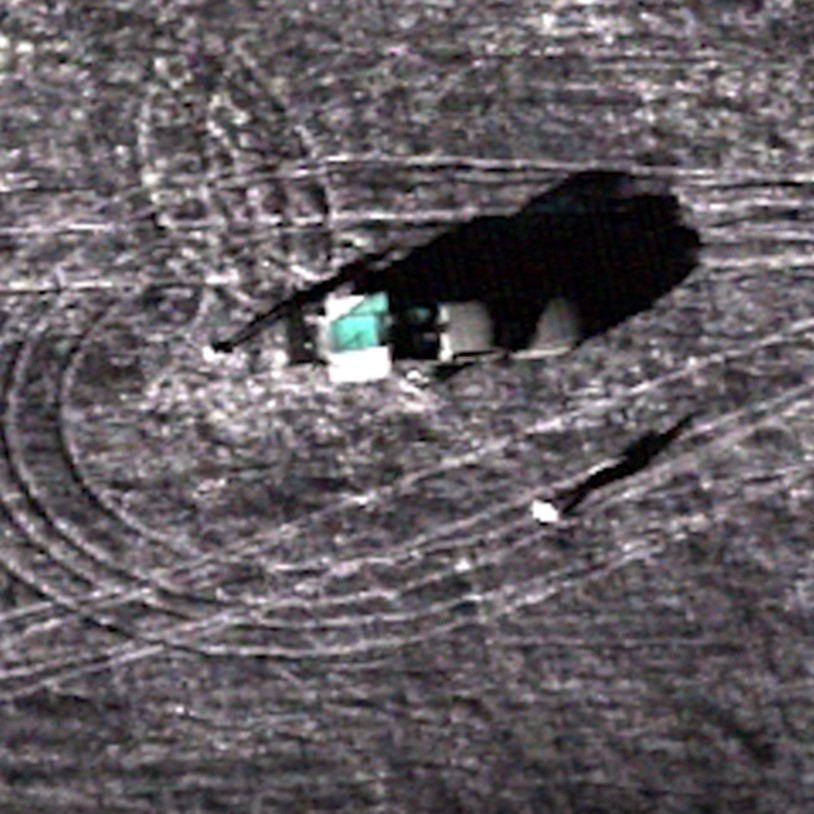
Methane Detection

Asbestos
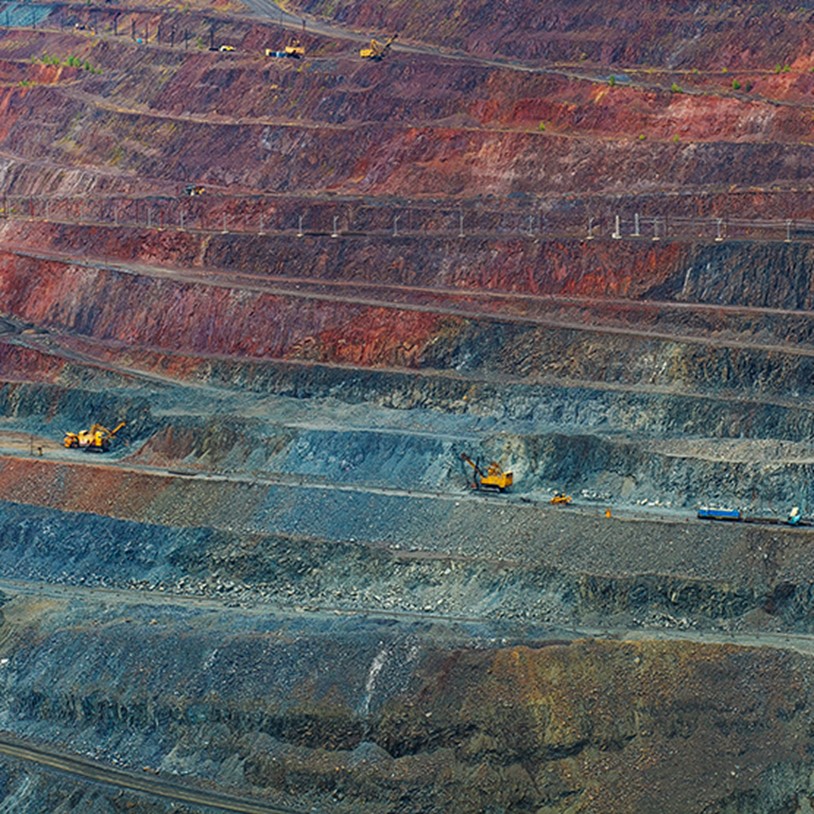
Hyperspectral Imaging for Ore Distinction

Hyperspectral Analysis of Powder Mixtures

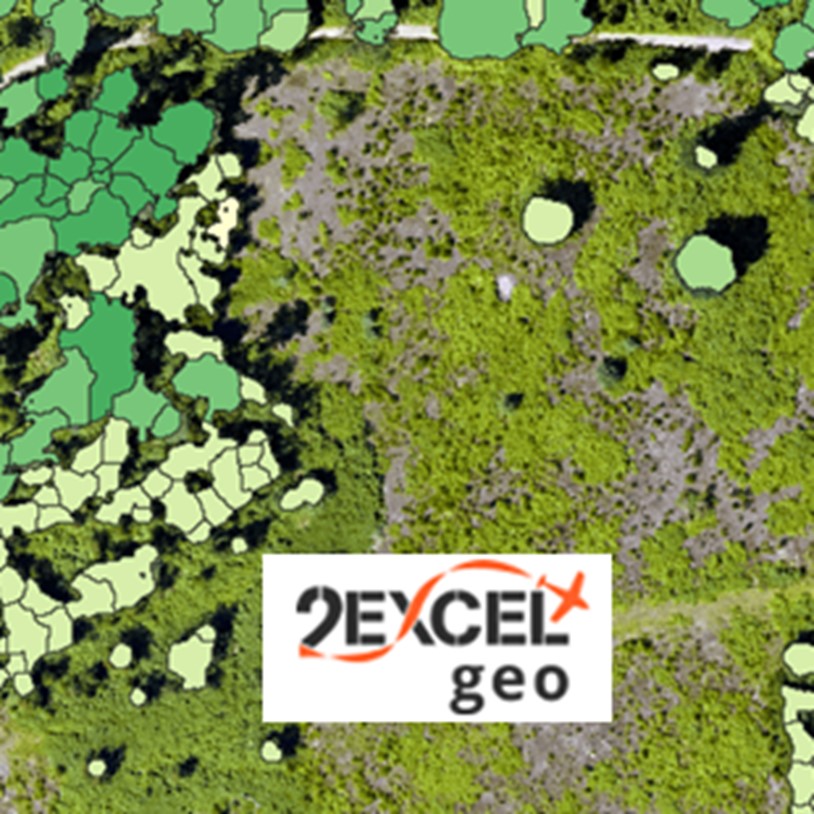

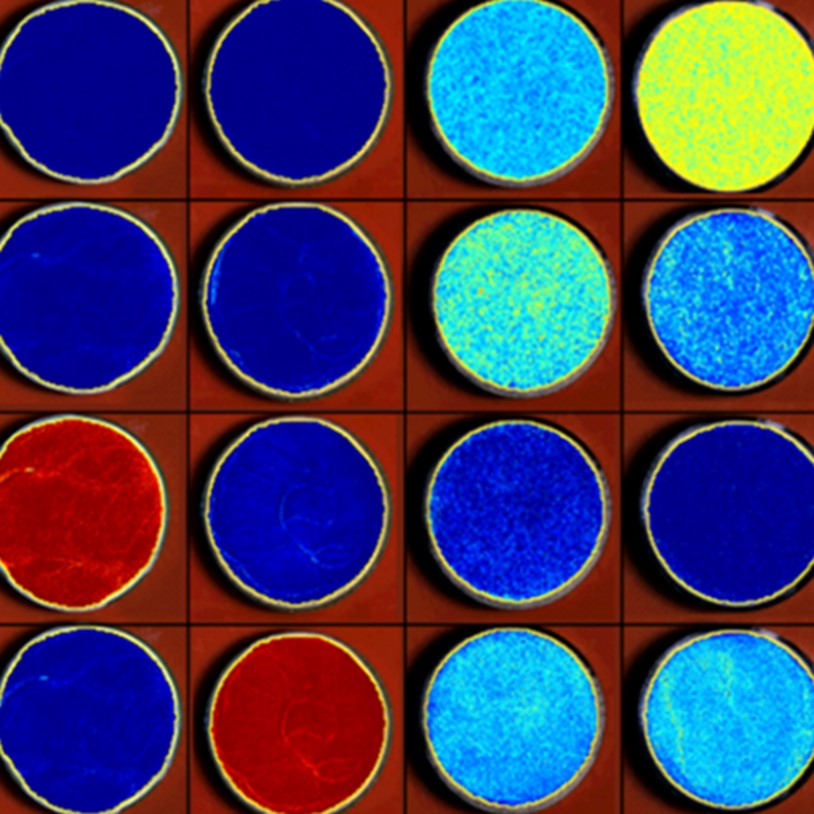
Pharmaceuticals
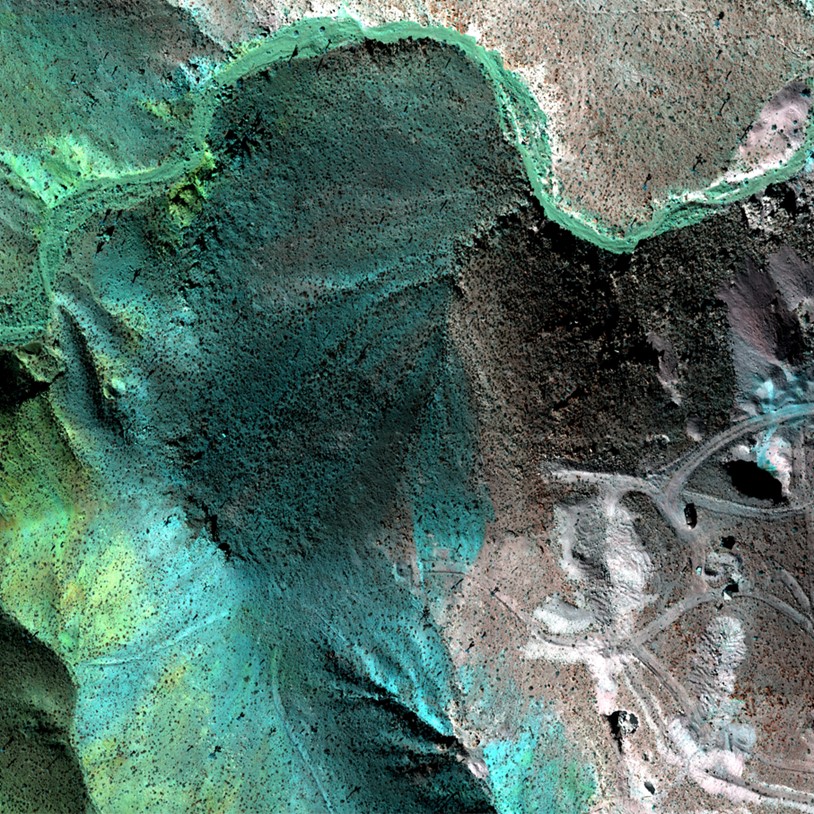
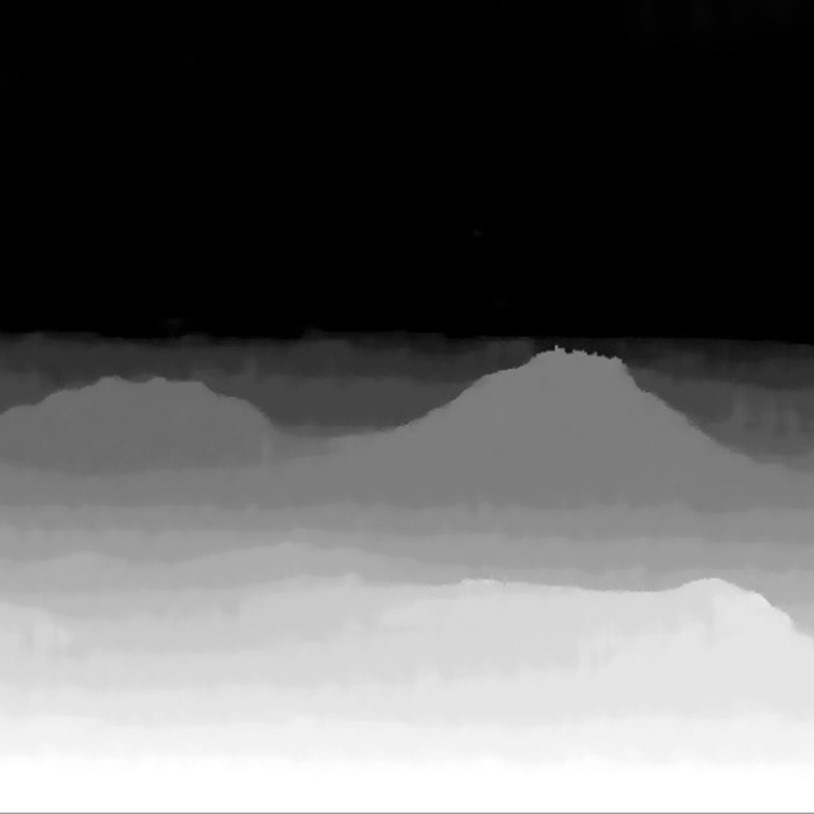
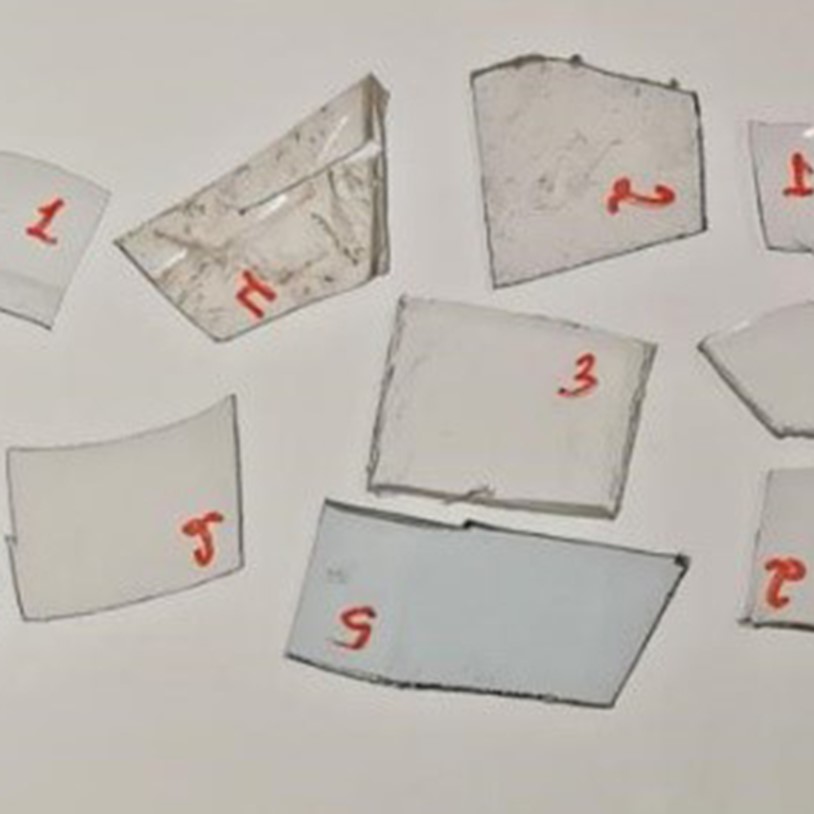
Plastic Sorting

Explosives

Paper Recycling

Rare Earth Elements

Coating thickness

Monument Preservation

Cocoa Beans